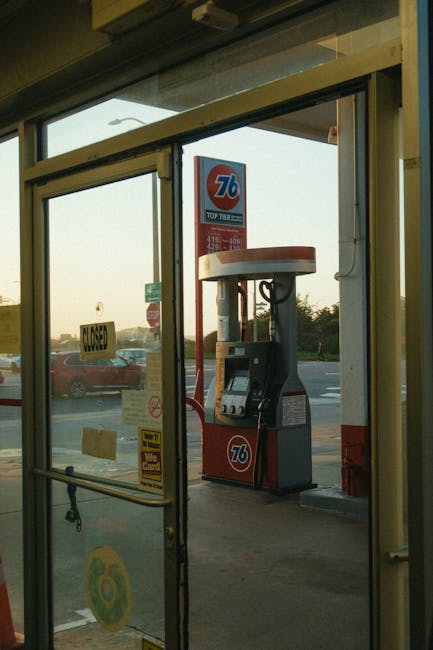Ignoring These Timing Belt Warning Signs Could Cost You Big: A Comprehensive Guide
Ignoring These Timing Belt Warning Signs Could Cost You Big: A Comprehensive Guide
Your car’s timing belt is a critical component, silently orchestrating the precise dance between your engine’s pistons and valves. A failure can lead to catastrophic engine damage, leaving you stranded and facing a hefty repair bill. Understanding the warning signs of a failing timing belt is crucial to preventing this costly and inconvenient scenario. This comprehensive guide will equip you with the knowledge to identify potential problems and take proactive steps to protect your vehicle.

Understanding the Timing Belt’s Role
Before diving into the warning signs, let’s briefly understand the timing belt’s function. This robust rubber belt synchronizes the crankshaft and camshaft rotations. The crankshaft drives the pistons, while the camshaft controls the opening and closing of the valves. Precise timing is essential for optimal engine performance and efficiency. If the timing belt breaks, the pistons and valves can collide, causing significant damage to the engine’s internal components.
Common Timing Belt Warning Signs: Listen to Your Car!
A failing timing belt often doesn’t announce its impending demise with a loud bang. Instead, it subtly hints at its weakening condition through a series of warning signs. Recognizing these subtle cues can save you from a major repair.
1. Squealing or Screeching Noise
One of the most common early warning signs is a high-pitched squeal or screech, particularly when starting the engine or accelerating. This sound often indicates that the belt is worn, cracked, or slipping. The sound might be intermittent at first, becoming more frequent and intense as the belt deteriorates.

2. Engine Misfires or Rough Idling
If the timing belt is slipping or slightly misaligned, it can disrupt the precise synchronization of the engine’s components. This can lead to engine misfires, resulting in a rough idle, hesitation during acceleration, or a noticeable loss of power. The engine might also run unevenly or vibrate excessively.
3. Check Engine Light Illumination
While the check engine light doesn’t specifically indicate a timing belt problem, it often illuminates when there’s a problem with engine timing. Other engine-related issues can also trigger this light, so it’s crucial to get your vehicle diagnosed by a mechanic to pinpoint the exact cause.
4. Visible Signs of Wear and Tear
Regularly inspect your timing belt (if accessible) for signs of wear and tear. Look for cracks, fraying, glazing, or any significant damage to the rubber material. A belt with significant wear or visible damage is a strong indicator that it needs replacement.
5. Unusual Noises from the Engine
Beyond squealing, listen for any other unusual noises emanating from your engine compartment. Clicking, tapping, or knocking sounds could indicate a problem with the timing belt or related components. These sounds usually worsen as the problem progresses.
6. Leaking Coolant or Oil
If you notice coolant or oil leaking, it could indicate damage to the water pump or other components that share the timing belt’s path. A faulty water pump or other driven components might not be immediately critical, but the belt itself could be on the verge of failure due to the stress.
7. Missed Scheduled Maintenance
Following the recommended maintenance schedule outlined in your vehicle’s owner’s manual is crucial. Timing belts have a recommended lifespan (typically 60,000 to 100,000 miles), and replacing them before they fail is a preventative measure that can save you significant costs.
Ignoring the Warning Signs: The Consequences
Ignoring the warning signs of a failing timing belt can have dire consequences. A catastrophic timing belt failure can result in:
- Bent or broken valves: This is the most common and costly consequence. The valves can collide with the pistons, bending or breaking them, necessitating a major engine rebuild or even replacement.
- Damaged pistons: Similarly, pistons can be damaged during a valve collision, requiring costly repairs or replacement.
- Scratched or damaged cylinder walls: The collision between pistons and valves can also scratch or damage the cylinder walls, compromising engine compression and performance.
- Crankshaft damage: In severe cases, the crankshaft itself can be damaged, leading to even more extensive and expensive repairs.
- Stranding: A complete timing belt failure will leave you stranded, often requiring costly towing services.
Preventative Maintenance: The Best Solution
The best way to avoid the catastrophic consequences of a timing belt failure is through proactive preventative maintenance. Regularly inspect your timing belt for signs of wear and tear and follow the manufacturer’s recommended replacement schedule. This preventive maintenance is far cheaper than the cost of engine repair or replacement.
When to Seek Professional Help
If you suspect a problem with your timing belt, don’t hesitate to seek professional help from a qualified mechanic. They can properly diagnose the issue, recommend the necessary repairs, and prevent potential catastrophic damage. Ignoring the problem can lead to exponentially higher repair costs in the long run.
Choosing a Reputable Mechanic
Finding a reputable mechanic is crucial. Look for a mechanic with experience working on your specific vehicle make and model. Check online reviews and ask for recommendations from friends and family. A qualified mechanic can accurately assess the condition of your timing belt and advise you on the best course of action.
Conclusion: Proactive Maintenance Saves Money and Stress
The cost of neglecting your timing belt’s health far outweighs the cost of preventative maintenance. By understanding the warning signs and taking proactive steps, you can safeguard your vehicle’s engine and avoid costly and inconvenient breakdowns. Regular inspections, adherence to the maintenance schedule, and prompt attention to any warning signs are key to ensuring the long-term health and reliability of your vehicle.
Remember, your timing belt is a silent guardian of your engine’s health. Don’t let its silent warnings go unheard.





